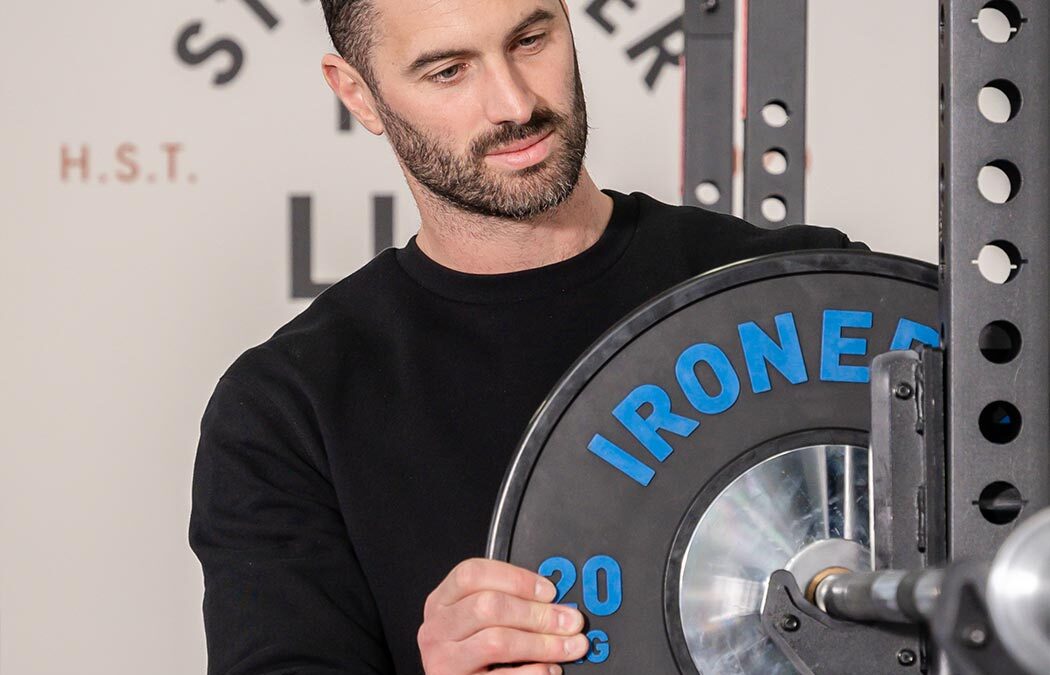We’ve all experienced that morning after a big night out, where pizza and one too many drinks leave you feeling worse for wear. Whether it’s due to age or other factors, most of us eventually realize: our diet needs to grow up with us. As we age, our bodies become more susceptible to muscle loss, frailty, and chronic conditions like cardiovascular disease, diabetes, cancer, and neurodegenerative disorders. It’s worth asking: is there a dietary pattern that can help protect us as we move through the decades? In today’s article, we’ll explore a potential dietary pattern. Specifically, we’ll look at the roles of protein, calcium, and fruit and vegetables in supporting healthy aging. So, grab your cutlery and a placemat as you’re about to be served some evidence-backed insight.
Ageing and Muscle Mass
As we age, preserving muscle becomes more important, not just for strength, but for mobility, independence, and metabolic health. Protein plays a key role in this process. While the standard recommendation is around 0.8g per kilogram of body weight daily, older adults often benefit from higher intakes. This amounts to approximately 1.2–1.5g per kilogram¹, ², ³. For a 70kg individual, that’s roughly 85–105g per day. Ideally, this should be spread evenly across meals to support muscle repair and synthesis. Quality sources include lean meats, eggs, dairy, legumes, and fish. For those who struggle to meet needs through food alone, a simple whey protein isolate can be a convenient, effective addition, especially on busy days. Building a habit of consistent, adequate protein intake can help safeguard muscle mass and improve physical function as we age². It’s not just about looking strong; it’s about staying capable for the long term.
Ageing and Bone Health
As we age, bone health becomes critical, especially for women in peri- and post-menopause. Calcium is, quite literally, the backbone of strong bones. It supports skeletal structure, muscle contraction, and nerve function. If dietary calcium is low, the body pulls it from bones, weakening them over time. To maintain bone density, adults should aim for calcium-rich foods like dairy, leafy greens, and fortified products⁷. Some may benefit from calcium and vitamin D supplements, particularly if dietary intake is inadequate⁴, ⁵. Research shows these can reduce fracture risk in older adults and improve bone mineral density, especially in postmenopausal women⁶. Supplements however should fill the gaps, not replace a nutrient-rich diet. Resistance and high-impact training also play a key role in bone strength. When combined with adequate calcium and protein intake, these habits can help prevent osteoporosis and preserve physical function.

Foods High in Calcium for bone health, muscle contraction, lower cancer risks, weight loss. Top view
Micronutrients
A diet rich in fruit and vegetables plays a foundational role in healthy aging. These whole foods deliver vitamins, fibre, antioxidants, and phytochemicals that support heart, brain, and metabolic health. Research suggests that consuming at least five servings per day may reduce the risk of cardiovascular disease, frailty, and even cognitive decline, especially when intake is sustained over time⁸, ⁹, ¹⁰. While supplements haven’t shown the same protective effects, whole plant foods appear to offer synergistic benefits that can’t be replicated in isolation. Lower energy density, anti-inflammatory compounds, and vascular benefits may all contribute. In older adults, this makes fruit and vegetable intake a practical and low-risk way to reduce chronic disease risk across multiple systems⁸. Since certain cardiovascular and cardiometabolic conditions fall under “cumulative risk exposure”, adopting a whole food–rich diet earlier, may be protective. It’s not just about eating “more greens”, it’s about building a plate that supports longevity and resilience.
Conclusion
Aging well isn’t just about avoiding illness but instead, about maintaining strength, resilience, and the capacity to live fully. By prioritizing whole foods rich in protein, calcium, and fruit and vegetables, we can support muscle health, bone density, and protect against chronic disease. While no single food guarantees longevity, a diet built on consistent, balanced choices can make a real difference over time. Remember, healthy eating isn’t about perfection. Instead, it’s about patterns. A nutrient-rich plate helps build the foundation for adaptability and independence later in life. Start with small shifts, stay consistent, and think long-term. Because when it comes to aging, how you eat today shapes how you live tomorrow. If you’re looking to be Stronger For Life and would like to know how to level up your particular diet, get in contact with our coaches today.
References
- Optimal protein intake in the elderly – PubMed
- Protein Intake and Frailty: A Matter of Quantity, Quality, and Timing – PubMed
- Protein Consumption and the Elderly: What Is the Optimal Level of Intake? – PubMed
- Role of calcium &/or vitamin D supplementation in preventing osteoporotic fracture in the elderly: A systematic review & meta-analysis – PubMed
- Calcium & Bone Health | Calcium Rich Foods (healthybonesaustralia.org.au)
- Calcium intake influences the association of protein intake with rates of bone loss in elderly men and women – PubMed
- Sci-Hub | Nutritional intake and bone health. The Lancet Diabetes & Endocrinology, 9(9), 606–621 | 10.1016/s2213-8587(21)00119-4 (53yu.com)
- Dietary fruits and vegetables and cardiovascular diseases risk – PubMed
- Fruit and Vegetable Consumption and Frailty: A Systematic Review – PMC
- Intake of fruit and vegetables and the incident risk of cognitive disorders: A systematic review and meta-analysis of cohort studies – ScienceDirect
